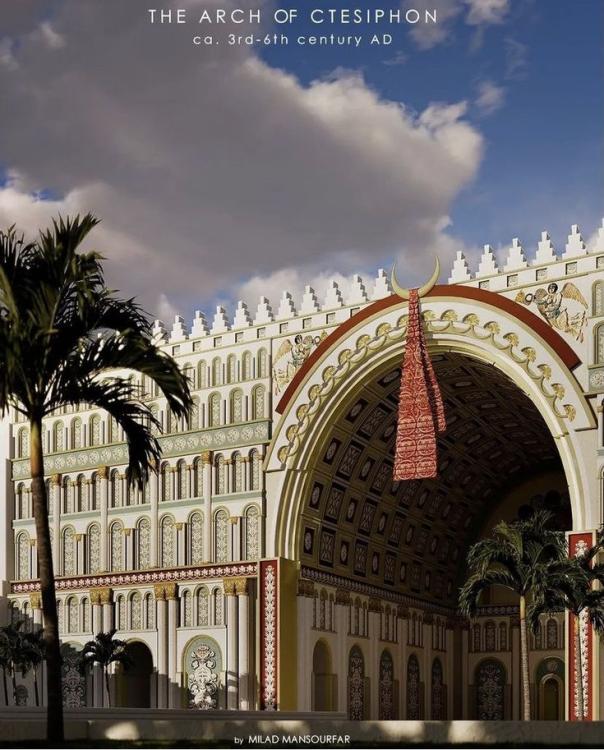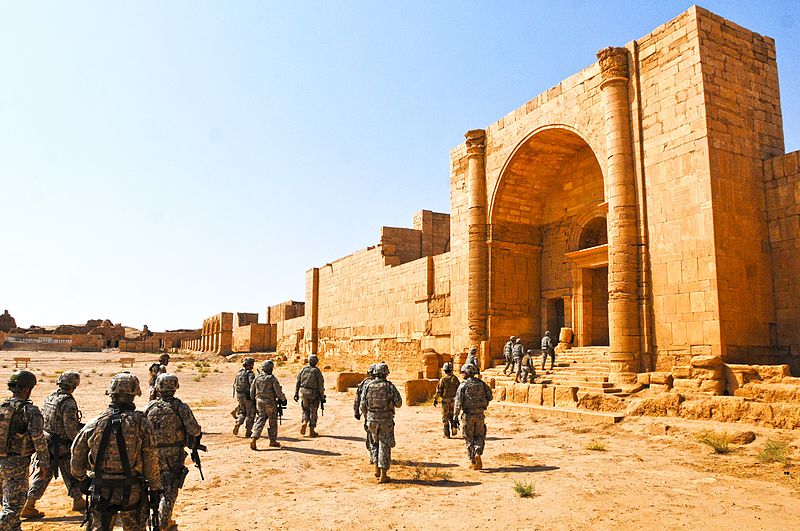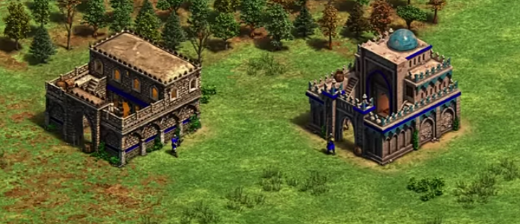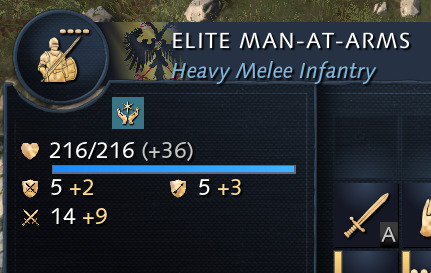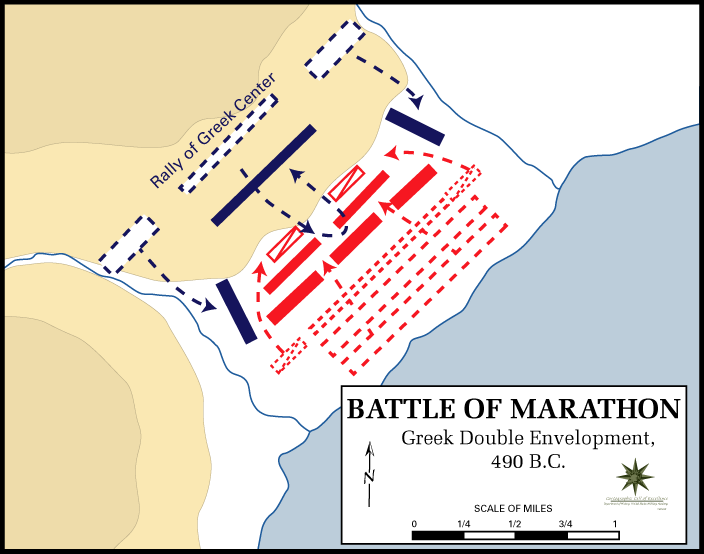-
Posts
25.684 -
Joined
-
Days Won
300
Everything posted by Lion.Kanzen
-
View of iwan at Hatra (present-day Iraq). Although some scholars have asserted that the iwan form may have developed under the Seleucids, today most scholars agree that the Parthians were the inventors of the iwan.[Note 2][citation needed] One of the earliest Parthian iwans was found at Seleucia (Seleucia-on-the-Tigris), located on the Tigris River, where the shift from post-and-lintel construction to vaulting occurred around the 1st century CE.[13] Other early iwans have been suggested at Ashur, where two buildings containing iwan-like foundations were found. The first building, located near the ruins of a ziggurat, featured a three-iwan façade.[18] The proximity of the building to a ziggurat suggests that it may have been used for religious preparations or rituals.[18] It could also indicate a palatial building, as it was common for the ziggurat and palace to be situated next to one another in the Ancient Near East. What seems to be a palace courtyard had iwans on each side, which remained a common features well into Islamic times. The second iwan building is located across a courtyard, and Walter Andrae, a German archaeologist, suggested that it served as an administrative building rather than as a religious center because there is no evidence of inscriptions or wall carvings.[20] Although the absence of inscriptions or carvings does not equate necessarily to a civic function, it was not uncommon for iwans to serve a secular use, as they were frequently incorporated into palaces and community spaces.[21] Other early sites including Parthian iwans include Hatra, the Parthian ruins at Dura Europos, and Uruk.[22] https://en.m.wikipedia.org/wiki/Iwan
-
https://www.eavartravel.com/blog/2019/1/23/130462/elements-of-persian-architecture/ Persian architecture has a very long and complex history with the greatest contribution to the world’s culture. While Persian styles have a significant difference from any other Islamic architecture, they have strongly influenced buildings throughout much of the Islamic world. especially in Central Asia, Afghanistan, Pakistan, and India. The choice of subjects from nature, simplified into almost unrecognizable patterns, may be called the formative principle of Persian art. Much of 4th-millennium Iranian art is strongly influenced by that of Mesopotamia. There are a few elements that share between most of the historical monuments with ancient Persian Architecture. An iwan (Persian: ایوان eyvān, Arabic: إيوان ’īwān, also spelled ivan)[1][2][3] is a rectangular hall or space, usually vaulted, walled on three sides, with one end entirely open. The formal gateway to the iwan is called pishtaq, a Persian term for a portal projecting from the facade of a building, usually decorated with calligraphy bands, glazed tilework, and geometric designs.[4][5] Since the definition allows for some interpretation, the overall forms and characteristics can vary greatly in terms of scale, material, or decoration. An iwan is a vaulted space that opens on one side to a courtyard. The iwan developed in pre-Islamic Iran where it was used in monumental and imperial architecture. Strongly associated with Persian architecture, the iwan continued to be used in monumental architecture in the Islamic era. Iwans are most commonly associated with Islamic architecture; however, the form is Iranian in origin and was invented much earlier and fully developed in Mesopotamia around the third century CE, during the Parthian period of Persia. Iwans were a trademark of the Parthian Empire (247 BC–AD 224) and later the Sassanid architecture of Persia (224-651), later finding their way throughout the Arab and Islamic architecture which started developing in 7th century AD, after the period of Muhammad (c. 570–632).[15] This development reached its peak during the Seljuki era, when iwans became a fundamental unit in architecture, and later the Mughal architecture.[16][17] The form is not confined to any particular function, and is found in buildings for either secular or religious uses, and in both public and residential architecture. Extensive use of arches The two famous monuments, The Taj Mahal for the Mughal architecture and the Great Mosque of Isfahan for the Persian architecture displays the example of this fact. It is built for aesthetic reasons, as well as to place windows and to lessen the extent of sunlight to pour into the building Gardens, fountains, and pools Both architectural styles offer spacious gardens or pools with fountains as features to the buildings. in a traditional Iranian architecture or private courtyard, it is used for bathing, aesthetics or both. Water plays a particularly central role in Iranian design. 1,000 years before the invention of the first water pump, Persian agricultural experts created the qanat based on their hydraulic laws. Domes The Persian tradition of dome-building dates back to the earliest Mesopotamian architecture (3,000 BC) when domes became an integral part of buildings due to the scarcity of wood in many areas of the Iranian plateau. In ancient Persian architecture, domes were associated with the divine side of life, as their circular shape represented perfection, eternity and the heavens. The Persian domes then became the inspiration for the domed baldachin of Roman and Byzantine practice, after Alexander the Great conquered the Achaemenid Empire Symmetry Iranian architecture makes use of abundant symbolic geometry, using pure forms such as the circle and square, and plans are based on often symmetrical layouts featuring rectangular courtyards and halls. Sassanid architecture is decorated with carved stone or stucco reliefs and makes use of colorful stone mosaics. Beautiful gold and silver dishes, bowls, and ewers, often decorated with hunting scenes or animals in high relief, and textiles with symmetrical heraldic designs also remain. Usage of Muqarnas Mogharnas Muqarnas is typically applied to the undersides of domes, pendentives, cornices, squinches, arches, and vaults and is often seen in the mihrab of a mosque. They can be entirely ornamental, or serve as load-bearing structures. The earliest forms of muqarnas domes, found in the Mesopotamian region, were primarily structural. https://www.quora.com/Have-there-been-any-modern-buildings-that-adopt-Sassanid-architecture
-
.thumb.png.ce58cea22940c255f5b0a735d5abee36.png)
Modern vs Older RTS Discuss
Lion.Kanzen replied to Lion.Kanzen's topic in Introductions & Off-Topic Discussion
Any plans to include campaigns? It's very telling to see that the majority of the RTS player base(casual) is looking to play campaigns to learn how to play. -
remember that Sassanid art is the precursor of Islamic art. I was looking at the Central Asian people Barracks from AoE II DE.
-
.thumb.png.ce58cea22940c255f5b0a735d5abee36.png)
Mercenary camps and Neutral buildings.
Lion.Kanzen replied to Lion.Kanzen's topic in Gameplay Discussion
Once @WhiteTreePaladin (not sure if it was him) suggested if we could sell the female villagers to a neutral market. It also occurs to me that if a lot of villagers are sold I'll create a small army of gaia slaves (enemy). I think neutral markets should generate resources by controlling them. They should definitely be different.- 86 replies
-
- 1
-

-
- mercenaries
- strategic
- (and 5 more)
-
.thumb.png.ce58cea22940c255f5b0a735d5abee36.png)
Mercenary camps and Neutral buildings.
Lion.Kanzen replied to Lion.Kanzen's topic in Gameplay Discussion
@Akira Kurosawa this is the topical about this gameplay.- 86 replies
-
- mercenaries
- strategic
- (and 5 more)
-
if I had already thought that they would appear. I don't know how.to propose them. Here in this specific topic it will not work, it is not gameplay it is art.
-
.thumb.png.ce58cea22940c255f5b0a735d5abee36.png)
Building walls at "explored" but not visible areas.
Lion.Kanzen replied to Akira Kurosawa's topic in Bug reports
Seriously? it has never happened to me. Or at least not so obvious. -
.thumb.png.ce58cea22940c255f5b0a735d5abee36.png)
forge techs do not seem to change attack and armor stats of units
Lion.Kanzen replied to friedrich's topic in Help & Feedback
but that's a cheat. it would be interesting in the traditional way. I say this because it is very unintuitive. In all my years of playing until today I see this. -
.thumb.png.ce58cea22940c255f5b0a735d5abee36.png)
forge techs do not seem to change attack and armor stats of units
Lion.Kanzen replied to friedrich's topic in Help & Feedback
Couldn't you add the stats of the upgrades? -
.thumb.png.ce58cea22940c255f5b0a735d5abee36.png)
Modern vs Older RTS Discuss
Lion.Kanzen replied to Lion.Kanzen's topic in Introductions & Off-Topic Discussion
J most of the casual audience plays the campaign mode, we need to include a campaign. -
.thumb.png.ce58cea22940c255f5b0a735d5abee36.png)
Modern vs Older RTS Discuss
Lion.Kanzen replied to Lion.Kanzen's topic in Introductions & Off-Topic Discussion
-
The idea is how we can make the game more tactical, easy to control, interesting to watch.(What sells the most visually about the game is that the combats are attractive). Without losing the RTS essence. 2 objectives are sought: Greater unit control, especially melee infantry. Greater management by allowing better control of groups of units and therefore being able to create basic tactics. .that the units can be arranged in various divisions and individually controlled. They even form large impassable blocks. Together they form solid, or nearly solid missile defenses when moving in formation. Maneuverability is important. https://en.m.wikipedia.org/wiki/Military_tactics Some concepts need to be kept in mind.
-
it is sought that the player has more control to order, disorder and reorder his troops. Battalions benefit the most from melee infantry and melee cavalry to a certain extent. We are not looking for realism like total war but you do feel the immersion of the battle. That the infantry needs less micromanaging and you can focus that management on the missile and cavalry units.
-
There should be a filter called "good looking maps".



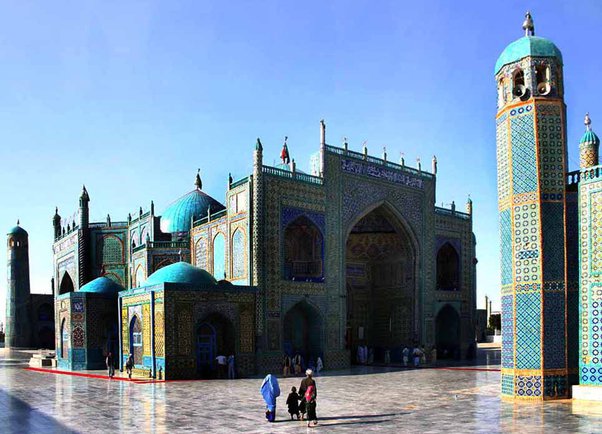
.jpeg.a00b8b0db7d0b846d165bd7553e5ee5f.jpeg)
